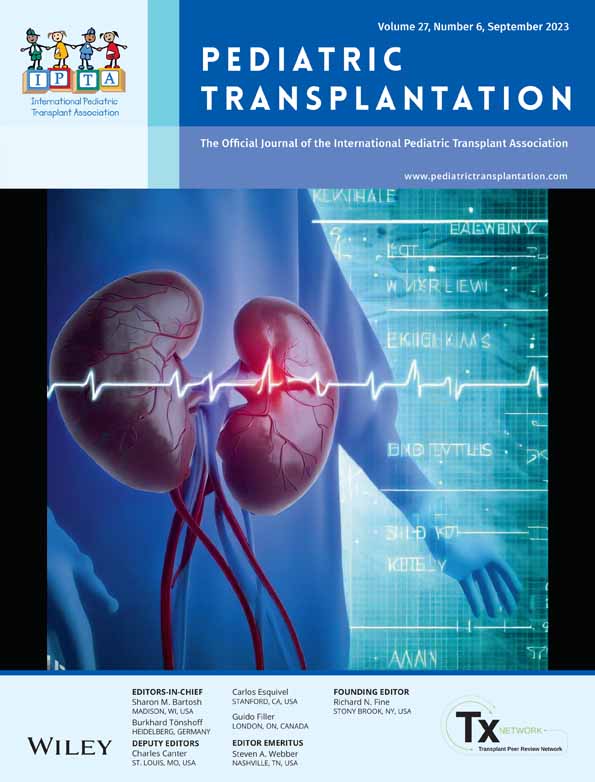Associating liver partition and portal vein ligation for staged hepatectomy as bridging therapy for liver transplantation in an infant with an advanced hepatic rhabdoid tumor
Abstract
Background
Malignant rhabdoid tumors (MRTs) are rare, aggressive tumors that mainly affect children and currently lack effective chemotherapeutic regimens. Liver MRTs are particularly challenging to manage due to the difficulty of performing one-stage liver resection, and preemptive liver transplantation is associated with high recurrence rates. However, the associating liver partition and portal vein ligation for staged hepatectomy (ALPPS) technique offers a promising surgical approach for advanced-stage liver tumors where conventional liver resection is not feasible.
Case Report
A patient with a large liver rhabdoid tumor that had invaded the three main hepatic veins underwent four courses of cisplatin-pirarubicin chemotherapy. ALPPS was performed due to insufficient residual liver capacity, with hepatic parenchymal dissection between the anterior and posterior liver zones in the first stage of surgery. After confirming adequate remaining liver volume, the liver was resected except for S1 and S6 on postoperative day 14. LDLT was performed 7 months after ALPPS due to the gradual deterioration of liver function caused by chemotherapy. The patient was recurrence-free 22 and 15 months after ALPPS and LDLT, respectively.
Conclusions
The ALPPS technique is a curative option for advanced-stage liver tumors that cannot be managed with conventional liver resection. In this case, ALPPS was used successfully to manage a large liver rhabdoid tumor. Then, liver transplantation was performed after chemotherapy. The ALPPS technique should be considered a potential treatment strategy for patients with advanced-stage liver tumors, particularly those who can undergo liver transplantation.
CONFLICT OF INTEREST STATEMENT
There are no conflicts of interest to declare.
Open Research
DATA AVAILABILITY STATEMENT
The data that support the findings of this study are available on request from the corresponding author. The data are not publicly available due to privacy or ethical restrictions.




